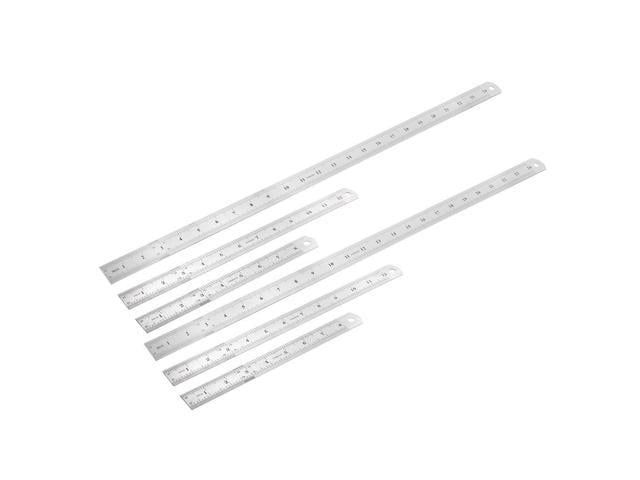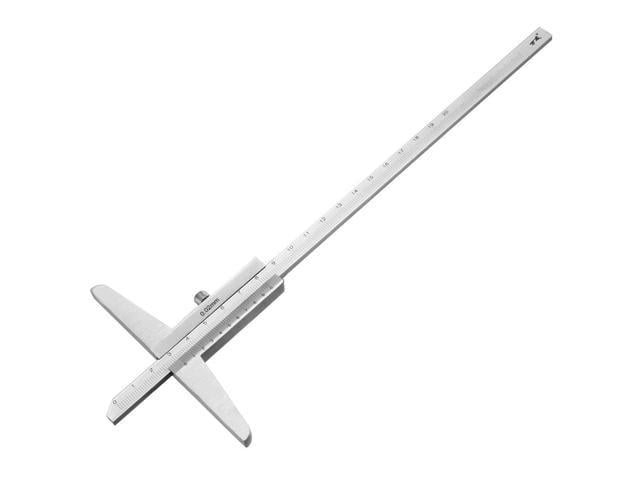Excerpt from Researches in Graphical Statics
It has also been found possible to obtain a complete solution of the dome of metal and of masonry by employing constructions analogous to those em ployed for the arch; and in particular, it is believed that the dome of masonry is here investigated correctly for the first time, and the. Proper distinctions pointed out between it and the dome of metal.
In the paper entitled, A jvew General Method in Graphical Statics, a fundamental process or method is established of the same generality as the well-known method of the Equilibrium Polygon The new method is designated as that of the Frame Pencil, and both the methods are discussed side by side in order that their reciprocal relationship may be made the more apparent. The reader who is not familiar with the properties of the equilibrium polygon will find it advantageous to first read this paper, or, at least, defer the others until he has read it as far as page 83.
As an example affording a comparison of the two methods, the moments of inertia and resistance have been discussed in a novel manner, and this is ao companied by a new graphical discussion of the distribution of shearing stress.
In the paper entitled, The Theory of Internal Stress in Graphical Statics, there is considerable new matter, especially in those problems which relate to the combination of states of stress, a subject which has not been, heretofore, sufficiently treated.
About the Publisher
Forgotten Books publishes hundreds of thousands of rare and classic books. Find more at www.forgottenbooks.com
This book is a reproduction of an important historical work. Forgotten Books uses state-of-the-art technology to digitally reconstruct the work, preserving the original format whilst repairing imperfections present in the aged copy. In rare cases, an imperfection in the original, such as a blemish or missing page, may be replicated in our edition. We do, however, repair the vast majority of imperfections successfully; any imperfections that remain are intentionally left to preserve the state of such historical works.















